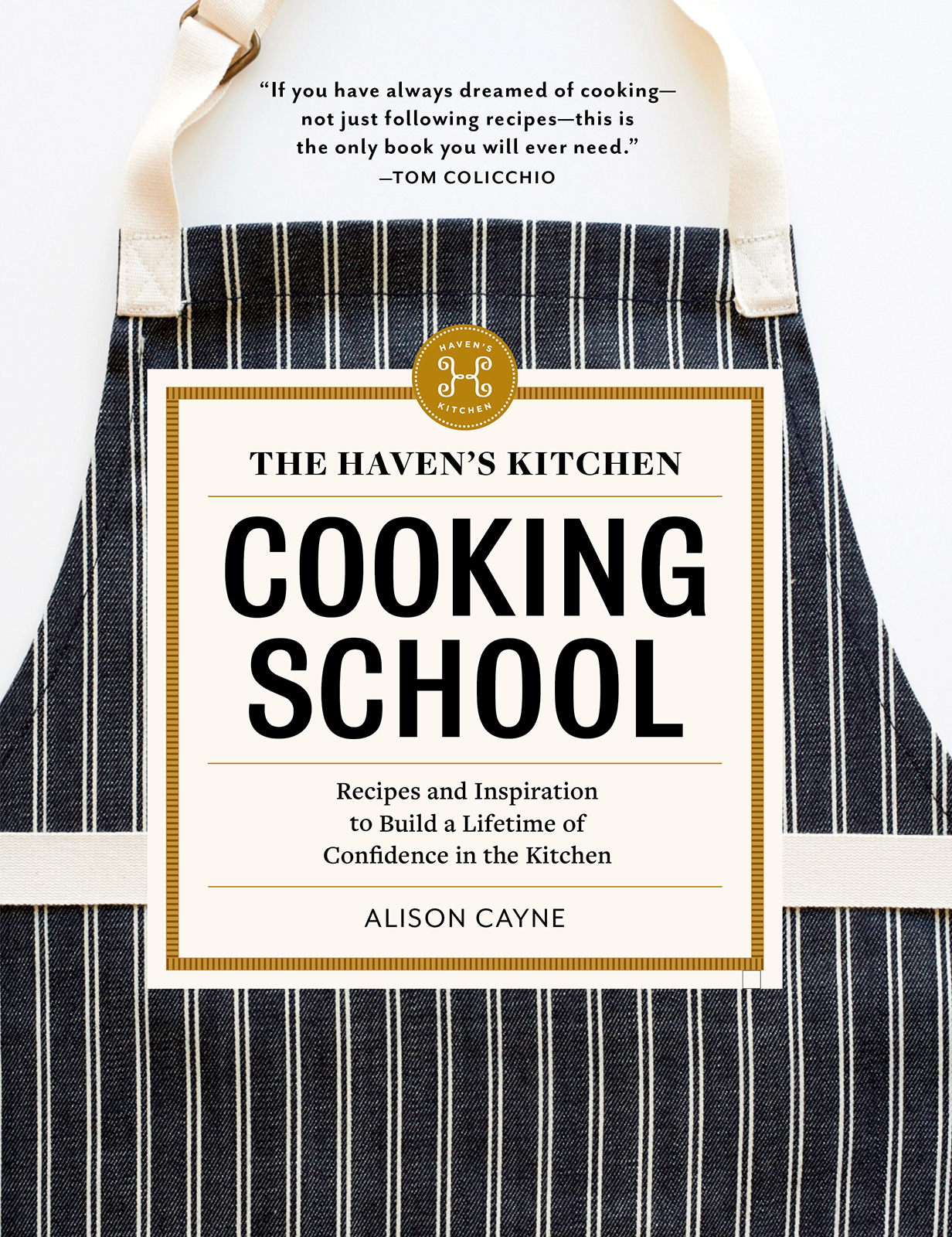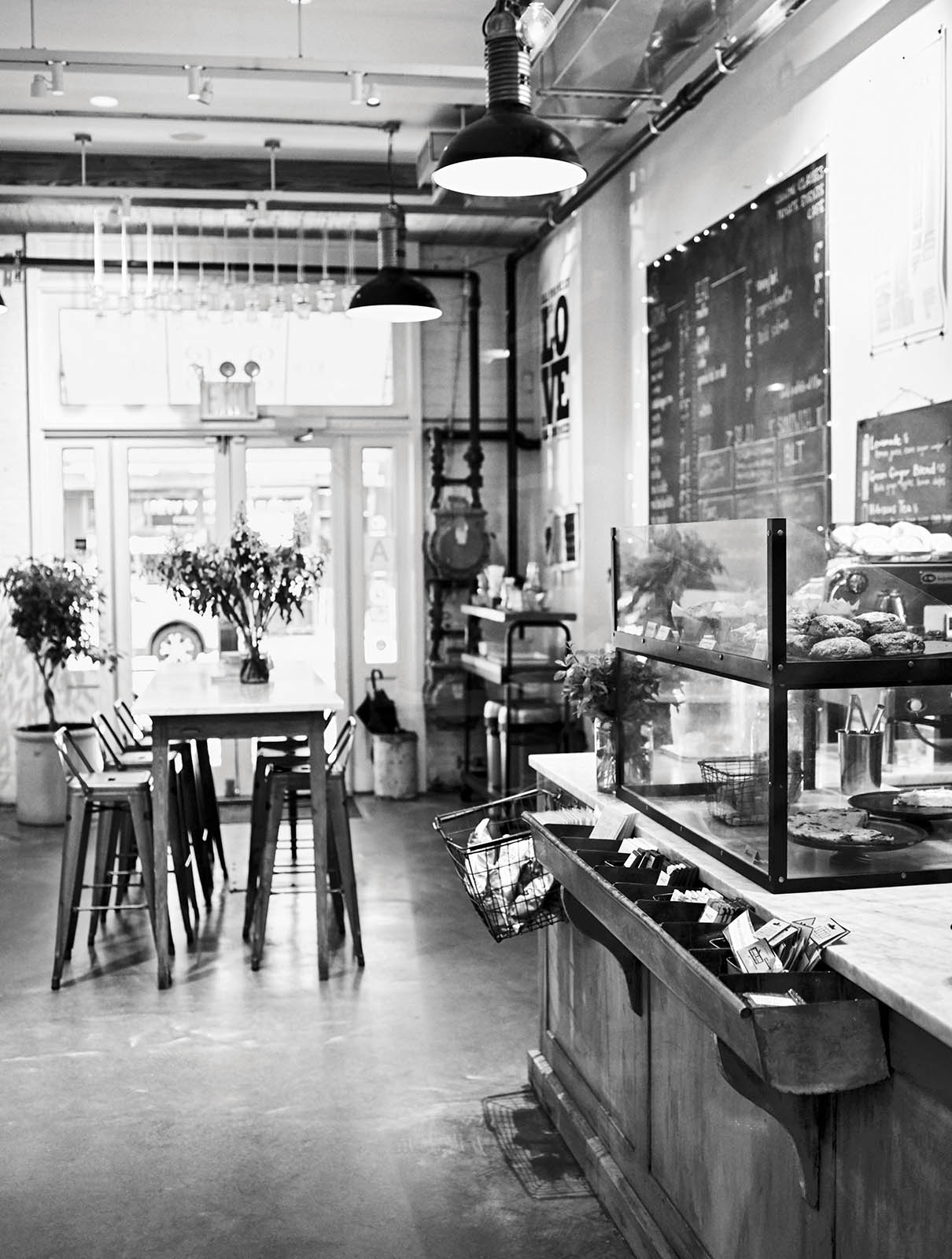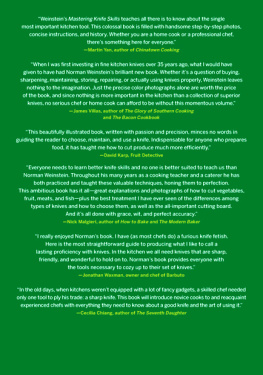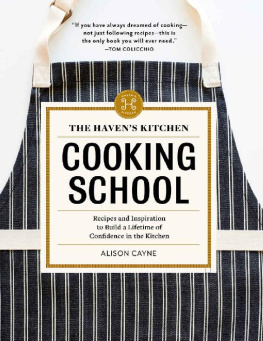
The Havens Kitchen
cooking school

Recipes and Inspiration to Build a Lifetime of Confidence in the Kitchen
alison cayne

Artisan | New York
To our students, teachers, guests, fans, and mentors. And to the Havens Kitchen team, past and present.
Contents
CHAPTER
1 | CHAPTER
2 | CHAPTER
3 |
CHAPTER
4 | CHAPTER
6 |
CHAPTER
7 | CHAPTER
8 | CHAPTER
9 |

Introduction
I am more modest now, but I still think that one of the pleasantest of all emotions is to know that I, I with my brain and my hands, have nourished my beloved few, that I have concocted a stew or a story, a rarity or a plain dish, to sustain them truly against the hungers of the world.
M. F. K. Fisher
Many people dont cook because they never learned how, and they assume it wont come naturally to them. For others, the idea of cooking can be intimidating. For those who do cook, unfortunately it can often feel like a chore. Maybe youve developed a fear of cooking too: of disappointment, of burnt pots and splattered stoves, of the time commitment, the foreign spices, and the ingredients you dont understand. I see all of these types of fears in the students at Havens Kitchen, my cooking school in the Chelsea neighborhood of Manhattan. Many students take our classes because they want to get over these fears and connect with scratch cooking, or because they lack inspiration and ideas. Sometimes students are in a rut, bored of making the same few dishes that they already know. Some cant quite sync their cravings with whats lingering in their fridge. My guess is some of this feels familiar to you, which is why youve picked up this book.
You might have a strong hunch that even with all of the convenient options and services available to feed us, preparing food with whole ingredients and enjoying a home-cooked meal is a good idea. Cooking from scratch isnt simply a nod to a simpler past. It is increasingly imperative for our well-being, our relationships, our society, and, indeed, our planet. And, above all, cooking can be really fun and rewarding.
If you think about it, there are not a lot of modern-day equivalents of how people have learned to cook for centuries: through spending time in the kitchen at their elders sides, watching, practicing, and making
(and correcting) mistakes. Children helped in the fields and at the hearth, repeating basic tasks like peeling and cutting and roasting and boiling until those steps became automatic. They recognized the smells and sounds and visual clues that signaled when to flip a piece of meat, lower the heat, or add water, or how much longer to simmer a dish. They knew when to cook with fire and when to cook with water, and they knew how to preserve what they would need for a cold winter. Many of us living today didnt have those opportunities. We grew up disconnected from our food sources, and from the kitchen.
At Havens Kitchen, we aim to reconnect our students with the pride and pleasure of making a meal. I want our students to be able to learn not only to dice and slice, but also to look forward to the processes of gathering ingredients, planning a meal, and preparing and enjoying it. We teach the basics of good sourcing, flavor balance, kitchen skills, and meal composition. Our students learn to understand cooking: what happens to a vegetable when you cut it in a certain way and apply heat to it, what sensory clues to look for when cooking it, and how to prepare it for a final dish. Cooking, as we teach it, is less of a skill set and more of a mind-seta way of thinking and problem solving that can be applied to any ingredient, dish, or craving. This is why we never give students printed recipes during class. Being liberated from recipes empowers them to really pay attention to what theyre doing and enjoy the experience. I cant count how many times Ive watched as grinning students applaud one another for a well-diced onion or a cleanly filleted fish.
What we really try to do at Havens Kitchen is create confident cooks who not only feel capable but also relish making meals, experimenting, and feeding people once they return to their home kitchens.
As with any skill, the only path to cooking with confidence involves learning basic techniques and practices. Everyone can cook, but the best cooks? They have practiced until they internalized the tips and tricks that make cooking tastier, calmer, cleaner, and more efficient. Habits like cleaning as you go and preparing your ingredients before you cook make for a much more pleasant experience. Little flourishes like a finish of fresh herbs, a tasty sauce, or a good salt can elevate your cooking with relatively little work. Techniques like using an ice bath, tempering, and composition expand your cooking repertoire and make it more rewarding.
Ive filled this book with what our students can see, smell, and taste when they take a class at Havens Kitchen. And though this book may not be able to provide the immediacy of an actual class, the printed page provides other benefits, among them comprehensiveness, easy referencing, and an opportunity to return to the pages and to the recipes again and again.
This cookbook is meant to teach and inspire you: it is not a list of recipes or a photo collage of unattainable food. After making the roasted carrot soup recipe in this book a few times, I hope that you will start to feel the best ratio of carrots to liquid, and that youll begin to play with that recipe, adding spices and finishes that you crave. I hope it is a book that gets read and reread, underlined and annotated, dog-eared and stained and doodled in, well used and passed around. I hope that you will love this book forever but only need it for a short while. And I hope, above all, that your kitchen becomes a haven.

How to Use This Book
Once you learn the technique, then you can be a creative cook.
Tom Colicchio
At Havens Kitchen, we teach through hands-on cooking, and this book tries to do the samealbeit at a distance. The goal is
to get you in the kitchen as soon as possible. So, after walking you through a few necessary skills and a guide for stocking your pantry, the book moves on to nine chapters of lessons on the key tenets of cooking. Each chapter focuses on an ingredient or a dish that we consider a building block for a lifetime of home-cooked meals. For example, fritter making (see ) is the best way to explain the art (and importance) of mise en place. Salads (see chapter 6) showcase the secrets of composition and creating a balanced dish.
The recipes in the bookthere are more than 100are not only delicious but educational as well. By learning that the best soups are made by layering flavors, for example, you can eventually make soup anytime, with the ingredients, texture, and flourishes that you crave. Learn to cook a simple bowl of rice, and it will soon become second nature, allowing you to experiment by simmering it in coconut milk or chicken broth and extend your repertoire to other grains. Most of the chapters start with a teaching recipe that breaks down how the recipe works, why certain ingredients are prepared a certain way, and other useful information.
Next page









